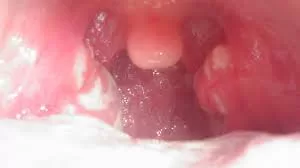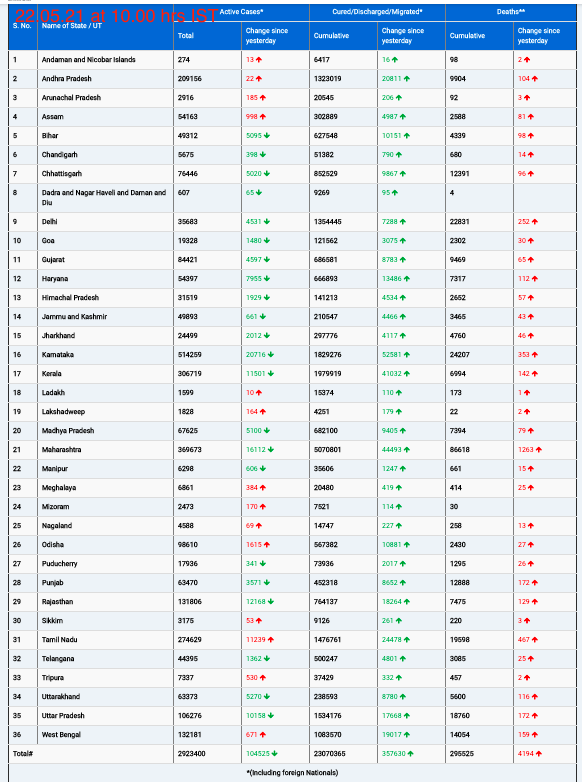A groundbreaking study by researchers at Baylor College of Medicine, in collaboration with Pennsylvania State University, has uncovered a covert strategy employed by the Zika virus to infect placental cells. Published in Nature Communications, the study sheds light on how Zika bypasses the placenta’s formidable defense system to reach the developing fetus.
The Threat of Zika in Pregnancy
Zika virus, primarily transmitted through mosquito bites, has been a significant global health concern, particularly due to its severe effects on pregnant women. Infection during pregnancy has been linked to neurological disorders, fetal abnormalities, and even fetal death. Despite the placenta’s natural role as a protective barrier against microbes and harmful chemicals, Zika has found a way to infiltrate this shield.
Discovery of a Secret Transmission Mode
The researchers discovered that Zika virus exploits tunneling nanotubes—tiny tube-like structures—to transfer viral particles between placental cells without triggering a strong immune response.
“The Zika virus, which triggered an epidemic in the Americas beginning in 2015, has infected up to 30 million people by 2018,” said Dr. Indira Mysorekar, co-senior author and professor of medicine—infectious diseases at Baylor. “Understanding how it crosses the placenta is critical to developing strategies to prevent this devastating condition.”
The Role of NS1 Protein in Tunnel Formation
The study found that the viral protein NS1 is responsible for inducing the formation of these nanotubes. Dr. Rafael T. Michita, the study’s first author, explained, “Exposure of placental cells to the NS1 protein triggers tunnel formation, allowing viral particles to move undetected between cells.”
Remarkably, Zika is the only known member of its virus family—including dengue and West Nile viruses—that uses this unique tunneling mechanism in multiple cell types.
Aiding Viral Survival and Avoiding Immune Detection
Not only do these nanotubes transport viral particles, but they also facilitate the movement of RNA, proteins, and mitochondria—the energy powerhouses of cells—between infected and uninfected cells. According to co-author Long B. Tran, “Mitochondrial transfer may provide an energetic boost to virus-infected cells, enhancing viral replication.”
The study also highlights how this stealth strategy helps Zika evade the placenta’s natural immune defenses, particularly the antiviral interferon lambda (IFN-lambda) response. Mutant Zika strains that fail to form these tunnels trigger a much stronger immune reaction, potentially limiting their spread.
Implications for Future Therapies
“These findings offer vital insights into how Zika virus exploits cellular mechanisms for stealth transmission,” said Mysorekar. “By understanding these pathways, we can explore therapeutic strategies to block tunnel formation and stop the virus from spreading in the placenta.”
The research team, including Steven J. Bark, Deepak Kumar (Baylor College of Medicine), Shay A. Toner, Joyce Jose, and co-senior author Anoop Narayanan (Pennsylvania State University), hopes these findings will pave the way for interventions to protect fetuses from Zika-related complications.
Citation
Michita, R. T. et al. Zika virus NS1 drives tunneling nanotube formation for mitochondrial transfer and stealth transmission in trophoblasts. Nature Communications (2025). DOI: 10.1038/s41467-025-56927-2.
Disclaimer: This article is based on the research findings published in Nature Communications. It is intended for informational purposes only and should not be used as a substitute for medical advice, diagnosis, or treatment. Always seek professional medical guidance regarding health concerns.











